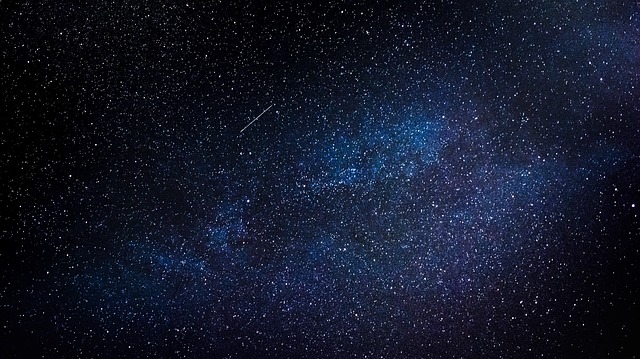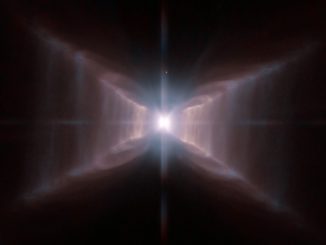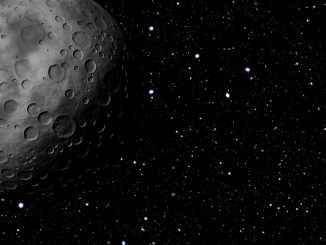
In a study that was recently published in the journal Computational Astrophysics and Cosmology, researchers from the University of Zurich report that with the help of a large supercomputer, they have been able to simulate how our Universe was formed — that’s a total of 25 billion virtual galaxies — and they were able to do it in just 80 hours, making use of about 2 trillion digital particles in the process.
To make the simulation possible, the researchers used a code referred to as PKDGRAV3 which they specifically developed for use with the superior processing power and memory of a supercomputer. For this particular purpose, they used the Piz Daint supercomputer at the Swiss National Computing Center (CSCS).
Owing to the extreme precision of their calculation that featured how dark matter fluid might have evolved under its own gravity, the researchers were able to simulate the formation of small concentrations of matter called dark matter halos. This is crucial because scientists believe that galaxies like our own Milky Way Galaxy were formed within such halos.
There was nothing easy about arriving at those calculations, especially because they were dealing with dark matter, and they had to incorporate its potential effects and influence on other parts of the Universe. As Professor Joachim Stadel, one of the study’s co-authors, told Universe Today, part of the task — done in Barcelona under the direction of Pablo Fossalba and Francisco Castander — also involved integrating galaxy features such as their ‘expected colors, spatial distribution and the emission lines’.
The virtual universe created is meant to help guide and calibrate experiments being conducted on the Euclid satellite, scheduled for launching in 2020 with the primary mission of exploring the ‘dark’ side of our Universe.
Based on the little we know, nearly 95% of our Universe is comprised of dark material — 23% dark matter and 72% dark energy. Dark here means literally dark. We can’t really see it, and its existence can only be inferred through indirect observation and its effects on surrounding observable matter. In the case of the Euclid satellite, researchers will be measuring the distortions that result as light emanating from countless galaxies is deflected by the presence of dark matter.
Through the data collected, it is hoped that Euclid will be able to provide new information that can help expand our understanding of the Universe — its history, how it evolved into what it is today, and what it will be like in the future. Maybe, it can also lead to new discoveries that may refine or alter some of the physics models we know today, such as Einstein’s Relativity Theory. Helping discover new types of particles will be an awesome bonus too.
Disclaimer: This page contains affiliate links. If you choose to make a purchase after clicking a link, we may receive a commission at no additional cost to you. Thank you for your support!




Leave a Reply